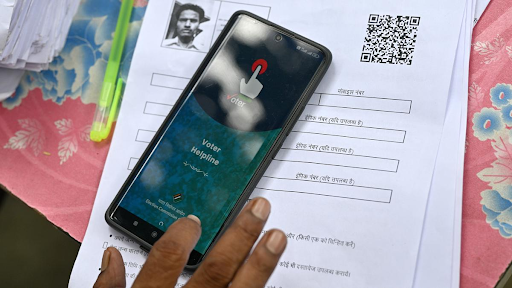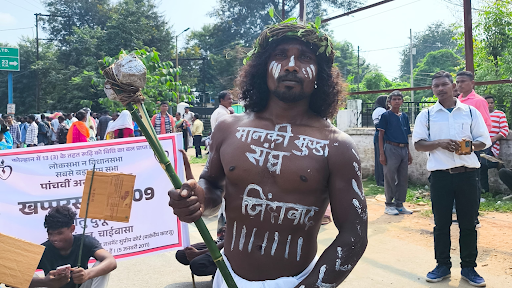Description

Copyright infringement not intended
Picture Courtesy: https://www.thehindu.com/news/national/education-ministry-defines-literacy-full-literacy/article68569537.ece
Context
The Ministry of Education has outlined the new definition of 'literacy' and 'full literacy' in a letter to all states.
Details
- The Ministry of Education (MoE) has recently clarified what 'literacy' means in the context of its New India Literacy Programme (NILP).
- According to the MoE, literacy involves more than just the ability to read and write. It includes the skills needed to understand, interpret, and create information.
|
The Indian census defines literacy as the percentage of people aged seven and above who can read and write with understanding. According to the 2011 Census, India's literacy rate was 72.9%, with male literacy at 80.89% and female literacy at 64.64%.
|
What is Full Literacy?
- According to the MoE, full literacy is not about achieving 100% literacy but about reaching a high level of literacy within a state or union territory.
- A state or territory is considered fully literate when 95% of its population is literate.
- This practical approach acknowledges that reaching absolute 100% literacy might be challenging but aims for a near-complete level of literacy.
|
In simple terms, Literacy is not just about knowing how to read a book or write a letter; it’s also about being equipped to handle everyday tasks like managing a budget or using a smartphone.
|
The New India Literacy Programme (NILP)
- It is a five-year initiative running from 2022 to 2027, that aims to make significant improvements in improving literacy rates across India.
- The program targets individuals aged 15 and above and aims to enrol one crore learners each year.
- It involves various activities, including foundational literacy and numeracy assessments.
Challenges
- In March and September 2023, nearly 40 lakh adults participated in literacy exams. Of these, over 36 lakh were certified as literate.
-
- The 2024 figures show a slight drop in the success rate. Out of approximately 35 lakh learners who appeared for the exam, about 30 lakh were certified as literate, reflecting a pass rate of 85.27%.
- According to the Census 2011, India had about 25.76 crore non-literate individuals in the 15+ age group. This includes 9.08 crore males and 16.68 crore females.
-
- Despite efforts under previous programs like Saakshar Bharat, which certified 7.64 crore individuals as literate, a significant number of adults remain non-literate.
- Non-literate individuals often struggle with basic tasks such as financial transactions, job applications, and understanding their rights. These challenges can limit their opportunities and overall quality of life.
Way Forward
Achieving full literacy by 2030 is an ambitious goal. The MoE urges all states and union territories to work towards this target through the NILP. The focus is not just on increasing the number of literate individuals but also on enhancing the quality of literacy education and making it relevant to contemporary needs.
Source:
The Hindu
|
PRACTICE QUESTION
Q. Which of the following best describes the definition of literacy according to the Census?
A) The ability to read and write without comprehension for individuals aged 10 years and above.
B) The percentage of the population aged seven years and older who can read, write, and understand text.
C) The capability to understand and use written and spoken language for individuals aged 15 years and above.
D) The ability to identify, read, and write short sentences with comprehension, regardless of age.
Answer: B
Explanation
The correct answer is B) The percentage of the population aged seven years and older who can read, write, and understand text.
|













